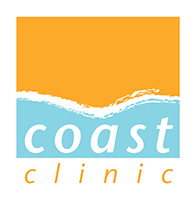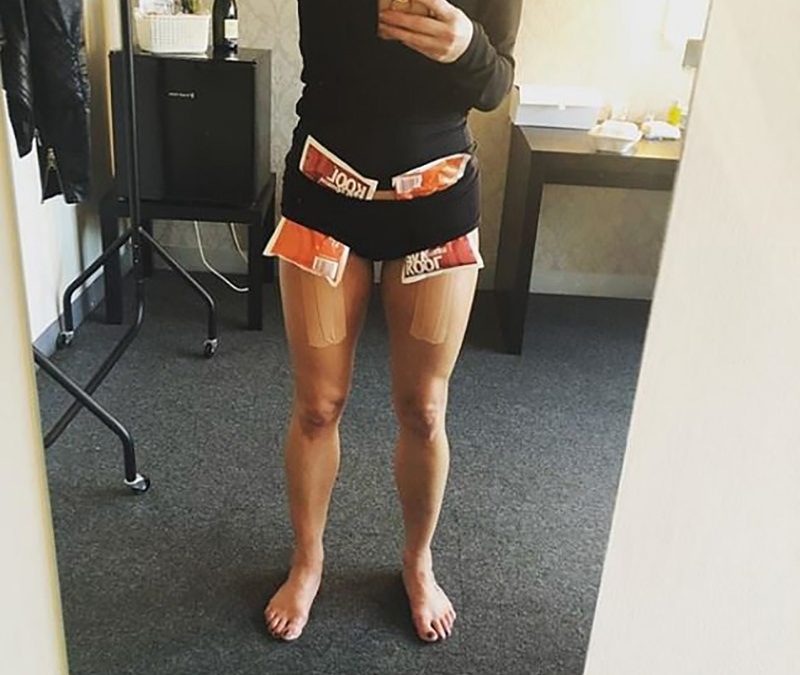If you are a Strictly fan (like me) then you would have heard about Faye Tozer injury from Strickly Come Dancing 2018 last week. You would probably have also seen the following photo of her with ice packs held in place by her panties to try to reduce her hip flexor pain and inflammation. Poor Faye, she must have been in quite a bit of pain.
Hip flexor injury
The reason I have bought this to your attention is because it is a really common complaint that I see regularly at the clinic. The symptoms could be lower back pain, abdominal pain, anterior hip pain or pain referring into the front part of the upper thigh in females. However, in a male, the pain could also refer into the testes. Please visit your GP if you discover testes inflammation as well as testes pain.

You can see this major structual muscle in the above picture. The psoas muscle, the main hip flexor, starts from the anterior (front) surface of the 12th thoracic vertebrae, all the way down to the 5th lumbar vertebrae of the spine. It attaches to the lesser trochanter of the femur (thigh bone). This allows the muscle to contribute to hip flexion, as well as unilateral contraction of the lumbar spine laterally. Bilateral contraction results in raising the trunk from a supine position. I have found clinically, many times a patient may over use a psoas muscle instead of initiating the abdominal muscles while doing an exercise or holding a posture or position. Always good to keep this in mind if you are starting a new exercise regine.
Hip flexor assessment
The trained eye of a chiropractor, will normally assess a patients posture as they walk in the door. Any suspecions can further be explored by orothropedic tests such as the Thomas Test to test the length of the psoas muscle. Further functional assessment can be done by isolating the muscle action and neurologically muscle testing the strength of the muscle.
Hip flexor treatment
Treatment of Faye Tozer injury could include soft tissue work on the muscle itself, muscle strengthening exercises, stretching the muscle (video below), possible manipulation of the lumbo-thoracic spine.
Of course, bodies are more complex than just effecting one muscle and a full examination is always recommended so that your practitioner can give you a comprehensive diagnosis and treatment plan.
Written by Anne French, Chiropractor, Functional Medicine Practitioner.

